Protein: Your Secret Weapon for Building a Stronger Body
You’re training hard, showing up to the gym, and doing the work — but the results aren’t matching your effort. Here’s the thing: you might be pushing your body to adapt, but without enough protein, it simply doesn’t have the raw materials to repair and grow muscle.
It’s like hiring a construction crew to build your dream house and then forgetting to deliver the bricks — progress stops before it even starts.
Why Protein Matters
Protein is made of amino acids — the essential building blocks your body uses to repair and strengthen muscle tissue after training. Every workout creates microscopic damage to muscle fibers, and protein is what fuels the repair process. Without it, recovery slows, strength plateaus, and muscle growth becomes nearly impossible.
When you consistently hit your protein needs, you give your body a steady supply of these building blocks, allowing it to rebuild stronger after every training session. Over weeks and months, this adds up to more muscle, better performance, and a leaner physique.
How Much Protein You Need
A good target for most people is 0.8–1 gram of protein per pound of lean body weight.
If you don’t know your lean weight, use these guidelines:
Men
Under 200 lbs → match your bodyweight in grams (e.g., 180 lbs = 180g protein)
Over 200 lbs → cap it at 180g protein
Women
Under 160 lbs → match your bodyweight in grams (e.g., 140 lbs = 140g protein)
Over 160 lbs → cap it at ~150g protein
Breaking It Down
The simplest way to hit your target is to break it into 4–5 servings per day.
Serving Size Guidelines
Each serving should be around 25–35g of protein
1–2 servings can be from a high-quality protein shake if you’re short on time or appetite
Protein Food Guide
Chicken breast – 4 oz (cooked) → 26g protein
Top sirloin steak – 4 oz (cooked) → 28g protein
90/10 ground beef – 4 oz (cooked) → 23g protein
Salmon – 4 oz (cooked) → 25g protein
Cod – 4 oz (cooked) → 24g protein
Eggs – 2 large → 12g protein
Greek yogurt (plain, nonfat) – 1 cup → 23g protein
Whey protein powder – 1 scoop → 25g protein
Cottage cheese (low-fat) – 1 cup → 28g protein
Action Plan
Find your daily protein target using the chart above.
Spread it evenly across 4–5 meals or snacks.
Build meals around the protein source first, then add carbs and fats.
Keep quick, high-protein staples on hand — shakes, yogurt, cottage cheese — to avoid falling short.
Summary
Protein is more than just a “fitness nutrient” — it’s the foundation your results are built on. Train hard, fuel consistently, and watch your body change.
